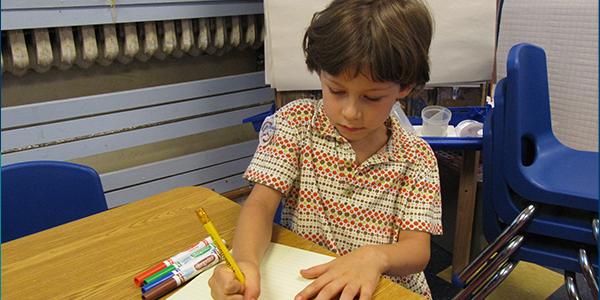DAP: Defining Developmentally Appropriate Practice

You are here
NAEYC defines “developmentally appropriate practice” as methods that promote each child’s optimal development and learning through a strengths-based, play-based approach to joyful, engaged learning. Educators implement developmentally appropriate practice by recognizing the multiple assets all young children bring to the early learning program as unique individuals and as members of families and communities. Building on each child’s strengths—and taking care to not harm any aspect of each child’s physical, cognitive, social, or emotional well-being—educators design and implement learning environments to help all children achieve their full potential across all domains of development and across all content areas. Developmentally appropriate practice recognizes and supports each individual as a valued member of the learning community. As a result, to be developmentally appropriate, practices must also be culturally, linguistically, and ability appropriate for each child.
The Developmentally Appropriate Practice Position Statement is a framework of principles and guidelines to support a teacher’s intentional decision making for practice. The principles serve as the evidence base for the guidelines for practice, and both are situated within three core considerations—commonality, individuality, and context.